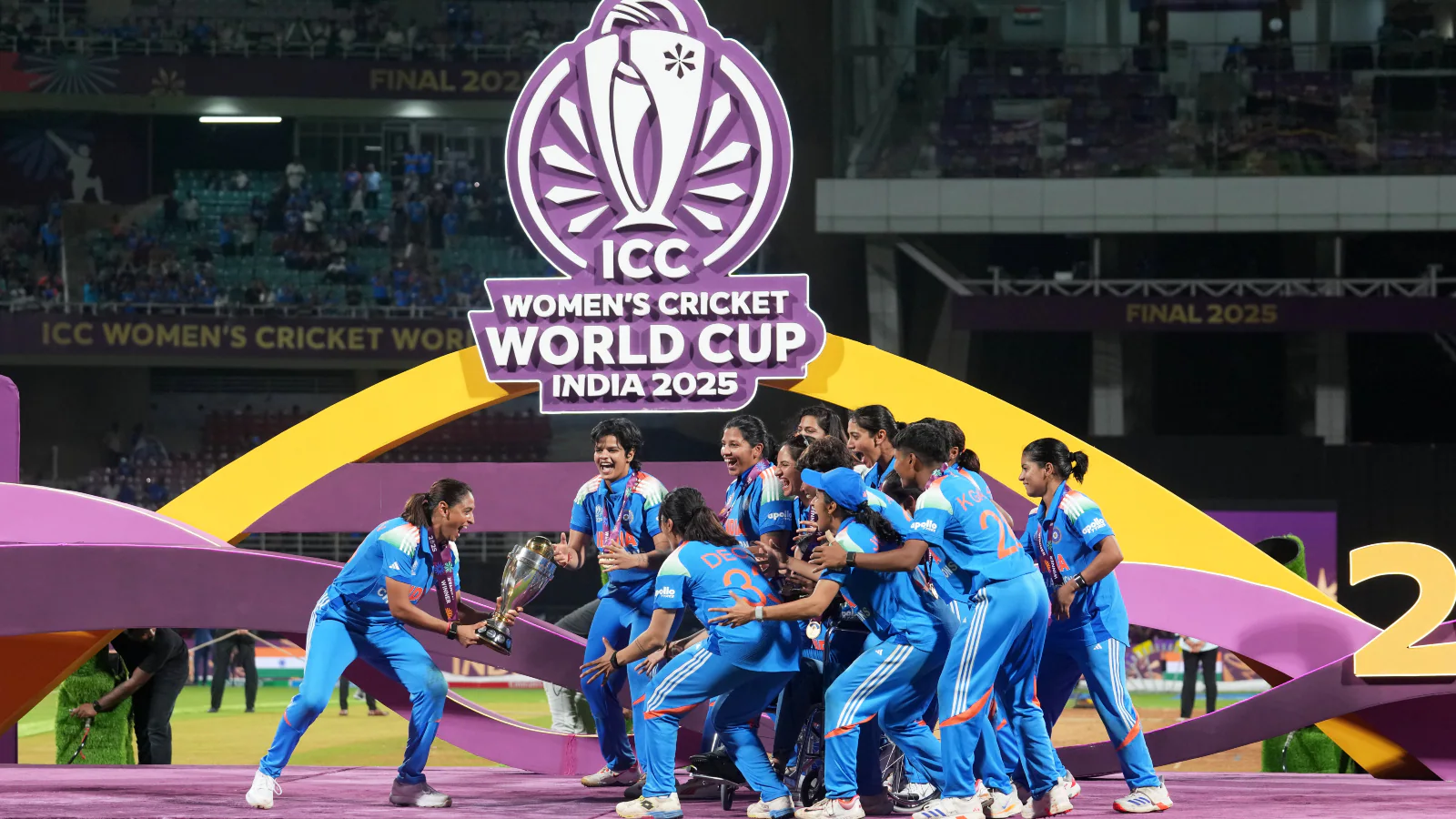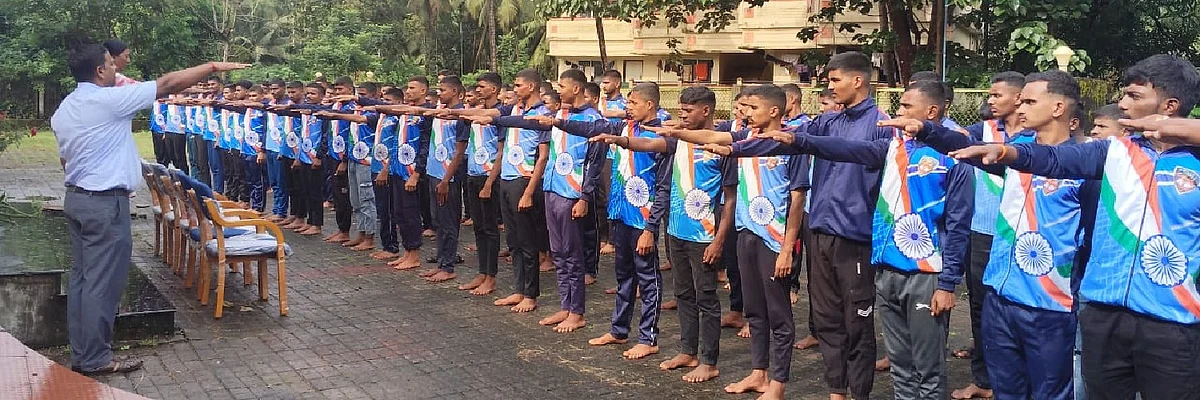Copyright news18

Now that India’s female cricketers have created history by winning the ICC World Cup, everyone is weighing in with the ‘history’ of women in sport in the subcontinent. And, also, rather predictably, ‘feminist readings’ of ancient and medieval literature in Indian languages, including Sanskrit, are being cited as a newfound ‘discovery’ of women’s sporting prowess as opposed to the ‘traditional’ stereotypes of them being restricted to the fringes of that activity. The truth is that there was never any real reason to believe that Indian women were oppressed and marginalised in ancient and medieval times. There has always been enough epigraphic evidence, mainly on the walls of temples and stupas, and also actual literary, religious and secular written accounts that prove their participation in all activity as equals of their male counterparts. But it suited successive conquering powers to promote a different narrative. Left-leaning Indian and foreign scholars now ‘discovering’ that women had voices in ancient and medieval Bharat is actually a repudiation of generations of motivated ‘research’ and writing by others of their ideological ilk who peddled theses that women had been sidelined, silenced and suppressed. On the contrary, their voices had been ignored or glossed over due to the imperative of the ruling academia to characterise India’s entire ancient past as regressive. As the astronomer Carl Sagan often said about all that we do not know about the cosmos: “Absence of proof is not proof of absence”. So it has been in the case of the history of India, particularly the ancient period. The chronicle of the past was contained in shruti or what is ‘heard’ (and thus only orally reiterated and passed down); smriti or what is remembered (and thus eventually documented) became the norm much later in India’s spiritual and temporal journey, that gave motivated ‘interpreters’ of legacy and tradition down the centuries the leeway to posit theories which suited their own political, economic and social ends whether or not those had any actual basis in ancient or medieval times. This sort of slanted interpretation was the most egregious in colonial times (building on the psychological edifice of centuries of rule by Central Asian invaders) and then further exacerbated and carried forward by leftists in academia. Their disinformation campaign has been so effective that few Indians know that the Rig Veda—the oldest holy text of India’s living faith—besides later philosophical treatises and commentaries, had women authors such as Gargi, Lopamudra and many more, collectively referred to as Brahmavadinis. But the commandments and “sacred words” of extant Abrahamic religions were exclusively pronounced and propounded by men. So, which ‘tradition’ is more progressive? But many Indians even today would be willing to believe that women excelling in sport—as well as every other field from statecraft and war to landowning, commerce, trade and more—is a relatively new phenomenon. And that it is something western education fostered, in order to “break traditional stereotypes” and emancipate Indian womanhood. The question to ask first, however, is who decided what constituted these ‘traditional’ stereotypes anyway? Throughout ancient and medieval Indian history, there are hundreds of examples of women writing poetry and prose, taking part in philosophical debates, excelling in the arts, displaying prowess in riding and hunting, leading troops into battle, commissioning and financing the upkeep of religious places and ruling kingdoms. Yet decades of leftist “research” only highlighted relatively recent evidence of caste-based and societal subjugation as India’s heritage. Even a cursory glance of the sculptures of ancient and medieval Indian places of worship shows that men and women had very similar modes of dressing. Unlike Islamic and Victorian era norms, no sartorial restrictions prevented Indian women of those times from, say, riding horses or shooting arrows. Even the medieval way of wearing a saree allowed them to sit astride horses, grapple with opponents and jump over obstacles. Participating in sports was, thus, not unlikely. One fascinating example is of Hariyakka, who avenged her father Madigowda’s death by killing his opponent in a wrestling match, according to a hero stone inscription from 1444 CE found in Shivamogga district of Karnataka. She came from a family of wrestlers, as her grandfather Nadanagowda was also one. So, today’s amazing Indian women wrestlers have a hoary heritage to hark back to, rather than being examples of “breaking traditional stereotypes”. Glib “popular” historians now add to the misleading “traditional Indian female stereotype” image. Take a recent article by Anirudh Kanisetti in which he says, “From the late medieval period onward, we begin to see elite women excelling in more physical activities as well—especially in traditionally ‘male’ behaviours such as horse riding and sharpshooting. The evidence for working women’s sports and games, unfortunately, is as patchy in this period as ever”. Besides remembering Sagan’s apt aphorism, readers should ask who decided that horse-riding and sharpshooting were “traditionally” male “behaviours” in India? The Mahanavami Dibba pavilion in the imperial city of Hampi was where medieval Vijayanagara’s rulers watched parades and performances. The carvings on it depict women taming horses and wielding spears, indicating participation in physically strenuous activity. Were they “workers” or elite? The list of Muslim women in medieval India, elite or otherwise, taking part in public life may have indeed been limited, which explains the endless reiteration of the same three medieval era royal personalities, Razia Sultan, Nurjahan and Chand Bibi. But that does not mean their Hindu and Buddhist predecessors were in the same boat. To postulate that those Muslim women were more empowered and free than the ones before them is plainly presumptuous. Besides ancient and medieval sculptures depicting both men and women engaged in demanding physical activity that can be classified as sport too (such as riding, grappling and archery), much of the archaeological evidence from India’s past, including ancient remnants of a stadium in Dholavira in Gujarat to dice at sites from Rakhigarhi to Keeladi, do not exclude the probability of women players. But Leftist academics preferred to presume such exclusions. Contrary to what Leftist professional academics down the decades and their ‘popular’ historian fellow travellers peddle today, there is very little beyond presumption and prejudice to assert that ancient and medieval Indian women were not active participants in every sphere of public activity, including sport. So why should India’s women cricketers be seen as a departure from India’s past rather than shining modern examples of that long-suppressed legacy? The author is a freelance writer. Views expressed in the above piece are personal and solely those of the author. They do not necessarily reflect News18’s views.



